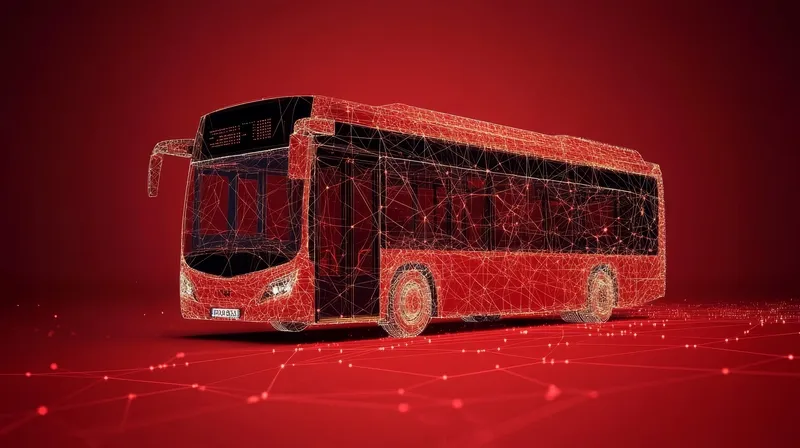
While many companies are moving toward the delivery of ITS solutions through the cloud, Siemens wants to make sure that intelligence doesn't disappear completely from hardware deployed in the field.
The
"It's all about redundancy," said Sean Fraser (pictured), a business development manager for Siemens. "We run over cellular networks or fibre and still have a fail safe if all connectivity goes down."
Fraser hopes that the RX 1400 serves as a platform for companies that are thinking about getting out of the hardware business. The intelligent router supports open standards and could host a variety of ITS applications, saving development costs for the provider and deployment costs for the transportation agency. It would also save bandwidth, as computing and analysis is done on-site directly in the router rather than in the cloud.
The router was launched in late 2015 and is currently deployed around the world in nearly every geographic region. Fraser is looking to showcase the router with attendees at ITS America San Jose and meet with software developers who could potentially write applications for the platform.










